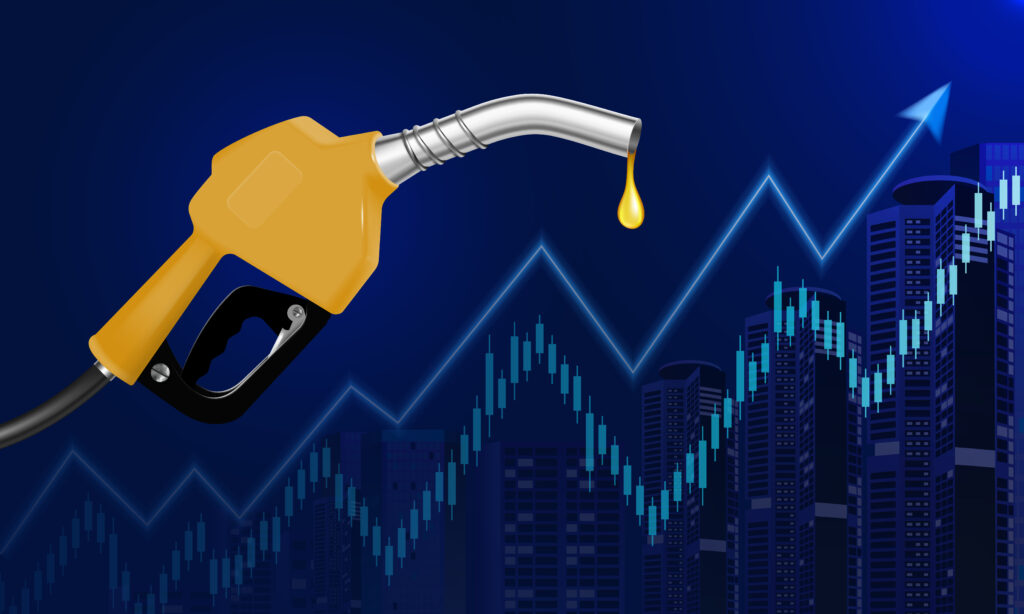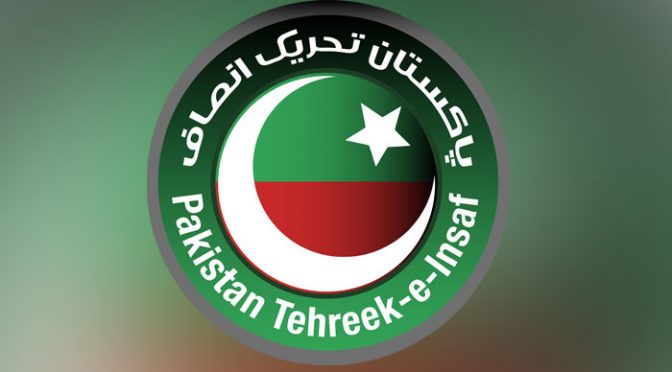
Table of Contents
Projected Dip in Petroleum Prices in Pakistan: An Analysis of Factors and Implications
Keeping in view the ever-fluctuating global oil market, Petroleum Prices in Pakistan and high-speed diesel (HSD) prices are expected to witness a significant reduction in petrol prices, potentially dipping below Rs300 per liter. This projected decline in petroleum prices is attributed to the considerable drop in international oil prices. The appreciation of the Pakistani rupee in the past month due to dollar curtailment and other methodical curbs on dollar outflow is another reason behind this anticipated drop. Besides these positive prospects, the role of the caretaker government led by Anwaarul Haq Kakar remains pivotal in determining the final course of action pertaining to petroleum prices in Pakistan.
Petroleum Development Levy and Fiscal Targets
IMF has taken a commitment from the Pakistan Government to raise additional taxes of Rs.869 billion to meet the fiscal year’s budget goals. In light of those commitments made to the Monetary Fund, it seems that a significant reduction of petroleum prices might not be possible, according to the wishes of the people of Pakistan. The present petroleum development levy for High-Speed Diesel stands at Rs50 per liter, while for petrol, it is set at Rs60 per liter.
Price Fluctuations and Impact on Inflation
In recent months, Pakistan has witnessed a series of price hikes in petrol and high-speed diesel, resulting in historic highs of Rs331-333 per liter at the retail level. Notably, the ongoing inflationary trend, which reached 31.4 percent in September, has been propelled significantly by the escalating costs of fuel and electricity. The anticipated reduction in fuel prices could potentially arrest this inflationary trajectory.
Factors Influencing Price Reduction
According to insiders who have studied the worldwide market dynamics, the drop in fuel prices might range between Rs36-38 per liter, owing to a significant 12 percent decline in global prices combined with a 4 percent strengthening of the Pakistani rupee versus the US dollar. In contrast, the price of high-speed diesel is likely to fall by around Rs19-20 per liter, provided that the present petroleum charge of Rs50 per liter is maintained.
Implications for the Transport Sector and General Consumers
Petroleum Prices in Pakistan is bracing itself for possible fluctuations in petroleum prices, so decision-making remains a careful balancing act between fiscal aims, international market dynamics, and public welfare. Specifically, every policy decision made by the government may have a substantial effect on the economic trajectory of the nation, with broad ramifications for a number of industries, including transportation.
High-speed diesel (HSD) is essential to the transportation sector, therefore even small changes in its price can have a ripple effect on the whole economy. The socioeconomic well-being of the general public and income goals must be carefully considered in every decision to modify the petroleum development levy, which further complicates an already difficult position.
Impact on Middle and Lower Middle Classes
These upcoming changes in oil prices have significant ramifications outside of the transportation industry. The price and accessibility of these necessary fuels, especially gasoline, which is widely used in private transportation and smaller vehicles, are closely linked to the daily life of the general population. The middle and lower middle classes’ disposable earnings are strongly impacted by changes in gas costs, which affects their capacity to pay for everyday expenses.
Additionally, the larger economic ramifications of these price adjustments, along with the ongoing inflationary tendency brought on by the rising costs of gasoline and electricity, highlight the complex link between energy pricing and the general soundness of the US economy. As a result, establishing a balance between economic objectives and public welfare necessitates the precise calibration of policy measures.
Read More: Rohit Sharma’s Record-Breaking Century Leads India to Victory Over Afghanistan



Pingback: US Streets Witness Massive Pro-Palestine Protests Amid Israel-Gaza Conflict - We State You Choose